For the past year, Save Your Skin Foundation has been working with ocular melanoma (OM) survivor and advocate Nigel Deacon, to improve OM patient care across the country. Together we created a survey and resulting report in order to gain insight into the Canadian OM patient journey, and we have connected with innovative OM treatment researchers as well as explored testing options in Canada for ocular melanoma, also known as uveal melanoma. Additionally, we have partnered with OM patient support groups around the world, such as Cure OM (an initiative of the Melanoma Research Foundation, United States), and Ocumel Ireland and Ocumel UK.
We are inspired by the work being done by these groups, and by the feedback we receive from patients who need better support in their diagnoses of primary and/or metastatic ocular melanoma, to work toward better and more standardized care in all provinces in Canada. We have identified gaps in OM patient care which can vary from centre to centre, and we recognize the need to advocate for patients to receive treatment for their disease, especially when it is metastatic.
In order to continue this work and raise awareness for this rare disease and the patients who need support to handle it, we have created a dedicated initiative called Ocumel Canada, which will serve as our platform for increasing education and community around the topic.

Ocumel Canada strives to do the following:
- Advocate for early detection of ocular melanoma
- Enable access to early treatment of primary ocular melanoma
- Work towards a consistent approach to treatment of metastatic ocular melanoma
- Support patients who have been diagnosed with primary or metastatic ocular melanoma
- Build a network of support for patients and caregivers
Ocumel Canada will work with health care providers and HTA decision-makers across Canada to improve ocular melanoma patient outcomes. We applaud the work being done at the two busiest centres for referrals, and we wish to help extend treatment options to patients in remote areas and to provinces who do not currently participate in the same practices available to OM patients in areas such as Toronto, Ontario. Advocacy for increased patient access to clinical trials, even if in other countries, is also an aim for Ocumel Canada.
Today we begin with a new hope for Canadians diagnosed with ocular melanoma.
Click here to read the press release: Launch of OCUMEL CANADA Offers New Hope for Canadians Diagnosed with Rare Ocular Melanoma
Stay tuned for updates on our progress! And tune in Friday February 15, 2019 to our webinar Ocular Melanoma: Innovative Treatments and Beyond, with Dr. Butler of Princess Margaret Cancer Centre, and Dr. Hamid from The Angeles Clinic and Research Institute, in Los Angeles, California, U.S. This webinar will provide an update on the landscape of metastatic ocular melanoma treatment in Canada and the United States. Dr. Hamid and Dr. Butler will share their knowledge of current practices and care pathways, identifying the most pressing needs for patients. They will also discuss innovative treatment options such as IMCgp100, as well as clinical trials available to Canadian patients with ocular or uveal melanoma. Nigel Deacon will share his experience with this rare cancer; Kathy Barnard will facilitate the discussion.
For more information about ocular melanoma and the Ocumel Canada initiative, please feel free to explore the information we have put together for our website at www.ocumelcanada.ca , email ocumelcanada@saveyourskin.ca, or call us at 1-800-460-5832.
We have created the following pages to provide up-to-date links and resources:
Ocumel Canada – About Ocular Melanoma
Ocumel Canada – Helpful Links
Ocumel Canada – Resources and Support
Ocumel Canada – 2018/2019 Strategic Plan
https://www.instagram.com/p/BsqaD2xgyf6/


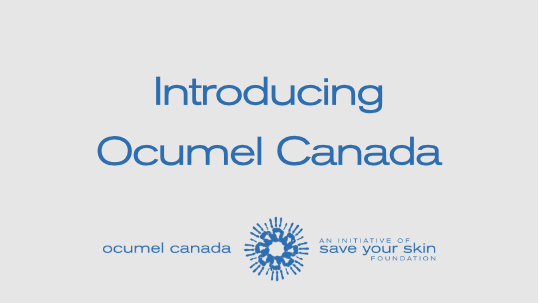

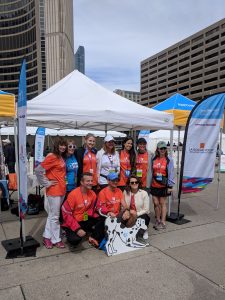
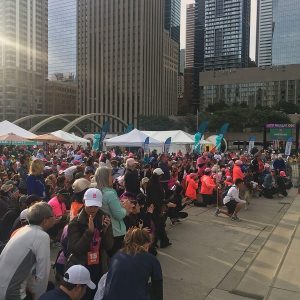
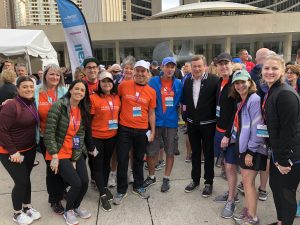
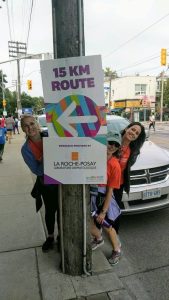
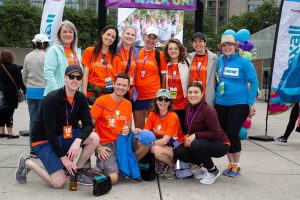
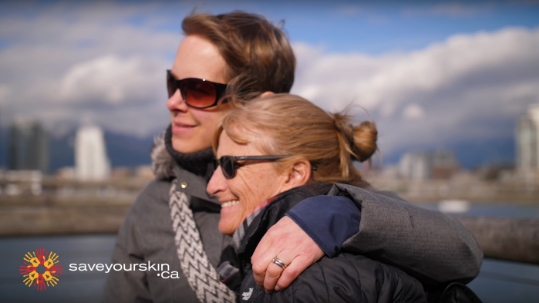
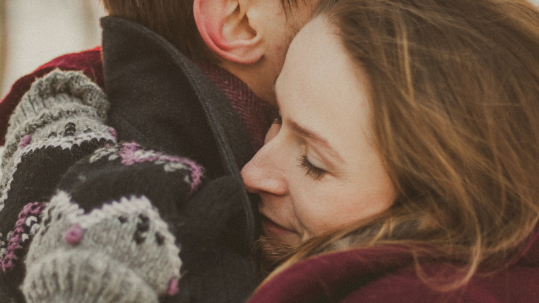
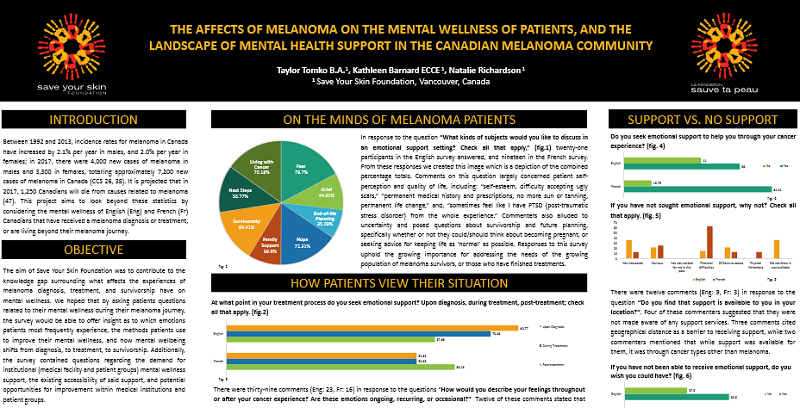
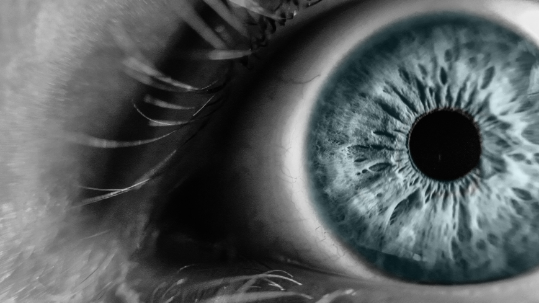
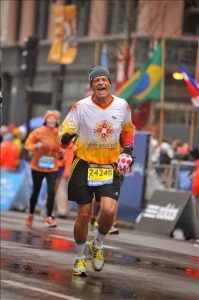
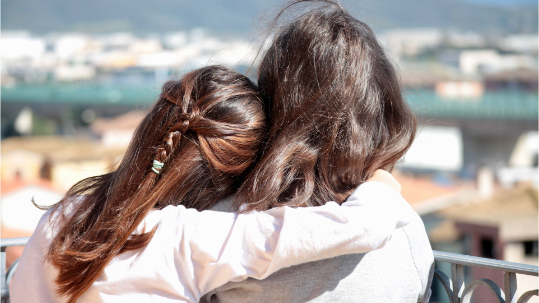
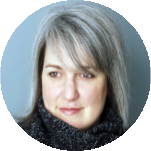 Meaford, ON
Meaford, ON